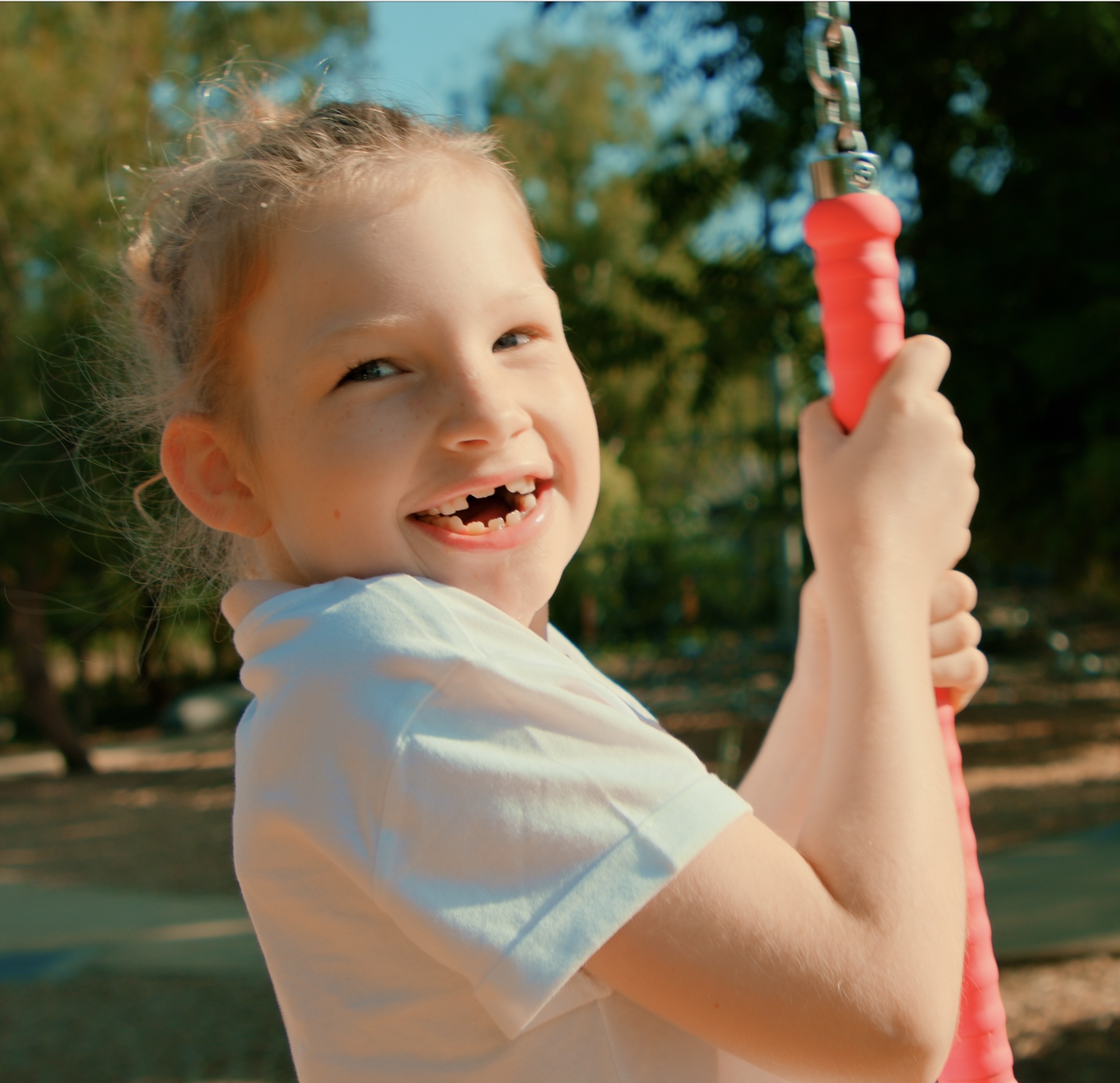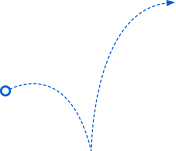When we know someone’s missing, we go looking for them. We mount a search and rescue operation across remote terrain or out at sea. In collaboration with FAST, we are looking for people with Angelman syndrome.
Why? Because Angelman syndrome is underdiagnosed.
While many studies have attempted to estimate the prevalence
of Angelman syndrome around the world, answers range from
1:24,000 to 1:8,000.
That’s a big difference. It means some countless undiagnosed
children and families are not getting the medical and community
support they need.








Once you’ve registered, you’ll receive an email asking you to activate your account and consent to the use of your data.
Please remember to do this. If you don’t, we can’t use the information you’ve provided and your effort has been wasted.
All information goes into the same database. The main difference is the level of detail you choose to provide.
Search and Rescue’s purpose is simply to count people with Angelman syndrome. As a result, it asks for very basic details only, making it an easy step for busy families.
Some families choose to provide much more detailed information for the Global Angelman Syndrome Registry. That’s wonderful as it helps researchers gain a more detailed understanding of Angelman syndrome.
You’re right. Search and Rescue originally had its own page. We created it because we felt the Registry was too long for some people and we wanted to provide an easy way for busy families to jump in and quickly enter basic information so they could be counted.
It’s created some confusion though. People often tell us they’re in the Registry but not in Search and Rescue (and vice versa).
It’s actually all one database, though. If you’re in Search and Rescue, you’re in the Registry too (and vice versa). It’s simply that Search and Rescue asks for less detail so it’s an easier entry point for some people – though we’d love you to complete the full Registry form if you can!
Enter your full details in the Global Angelman Syndrome Registry
FAST Search & Rescue was officially launched by the Foundation for Angelman Syndrome Therapeutics (FAST) in early 2022, as a collaborative initiative to bring the global community together and identify every individual in the world living with Angelman syndrome.
This program is supported by over a dozen clinicians and researchers including geneticists, neurologists, data management experts, Angelman syndrome clinicians, and global Angelman syndrome organisations and associations.
The steering committee of this initiative has recruited additional support from:
Their collective insights and experience ensure data covers the most useful topics and is de-identified to protect your privacy.
For Professionals & Researchers
For Caregivers
The Global Angelman Syndrome Registry is a project designed for individuals diagnosed with Angelman syndrome and those working towards research and treatments.


Select your desired option below to share a direct link to this page